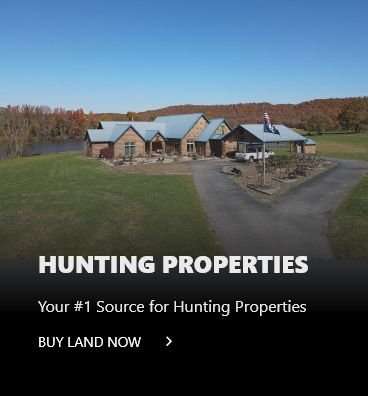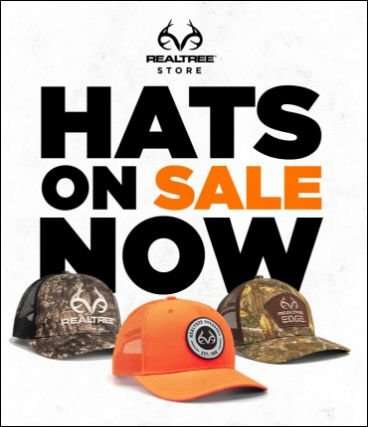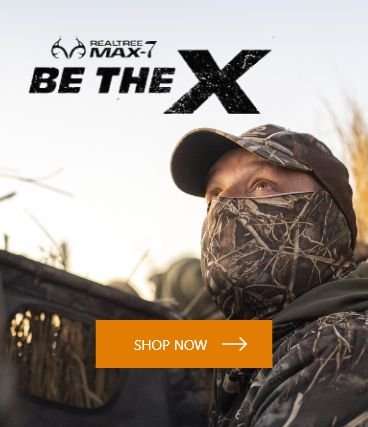Looking to combine a career with your passion? Check out these outdoors employment opportunities
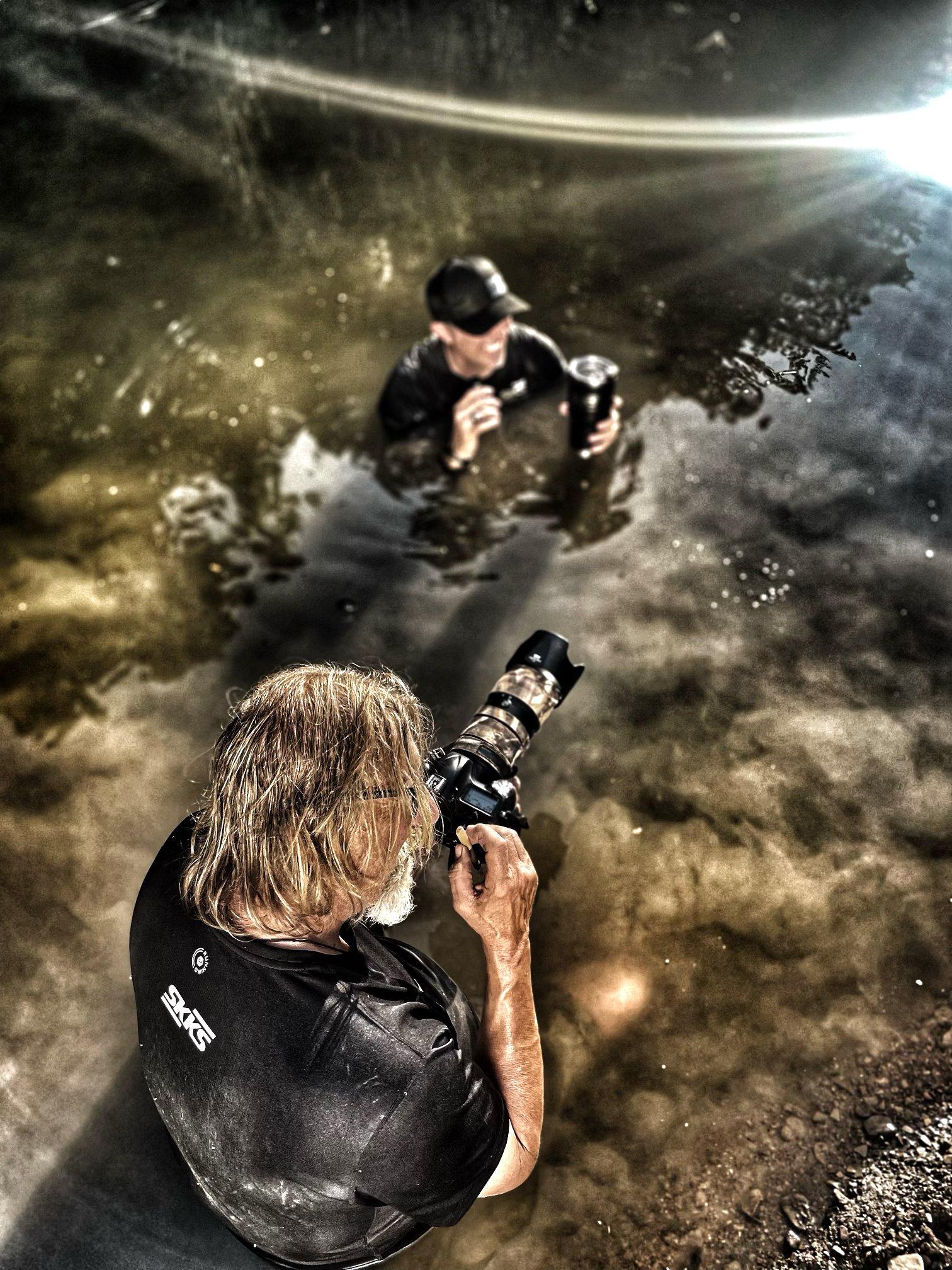
Outdoor photographer Bill Konway makes his living photographing the sport he loves. Image provided by Bill Konway
If you’re a passionate hunter, having a career in the hunting industry probably sounds like a dream come true. And it can be. At least it has been for me. I began pursuing my career as an outdoor writer 24 years ago, and since then, I’ve hunted across the country while working from home and maintaining my own schedule.
Of course, like everything, job opportunities in the hunting industry have evolved. There was no such thing as social media when I began my career. Smartphones weren’t so smart, and digital cameras were just hitting the scene. Those innovations and more have revolutionized the industry, creating new careers and changing the way we perform traditional roles.
New hunting industry careers driven by digital advancements include social media influencers, digital marketing specialists, SEO specialists and app designers. But even the more traditional jobs of managing wildlife and land, guiding, filming and photographing hunts, and processing animals have changed because of tech advancements.
Here is a breakdown of 10 career opportunities in the hunting industry, including newer roles and more traditional jobs and their current average yearly salaries.
HUNTING PERSONALITY/SOCIAL MEDIA INFLUENCER
(The larger the audience and more influence, the higher the salary.)
The role of a hunting personality/influencer has changed drastically. Hunting personalities used to focus most of their efforts on hosting TV shows, but now they must also present material for YouTube, podcasts, streaming services, various social media outlets and more.
Hunting personalities typically make money through brand promotions and sponsorships. The larger their social network and the more influence they have, the more money they can make.
Bone Collector Travis “T-Bone” Turner loves what he does but said it’s taken a lot of hard work to get to where he is today.
“So many people think, ‘Hey, I’m going to begin my career as a hunting personality in my early 20s,’ but most people who’ve been successful in this field have worked in the trenches for years in other outdoor fields first,” he said. “Michael [Waddell], Nick [Mundt] and I tell everyone to immerse themselves in the industry before deciding what exactly they want to do, because you don’t really know which road to go down and what opportunities are out there until you get involved in the industry.”
Turner recommends volunteering as a pro-staffer or working at a local hunting shop to get an understanding of the industry and learn what information people are seeking before trying to pursue a career as an influencer.
“Get a feel for which avenue you want to take,” he said. “Then keep your eyes wide open for opportunities. Remember that most TV and hunting personalities had deep pockets beforehand. But guys like, Michael, Nick and me didn’t have two nickels to rub together, and we had to slowly climb the ladder.”
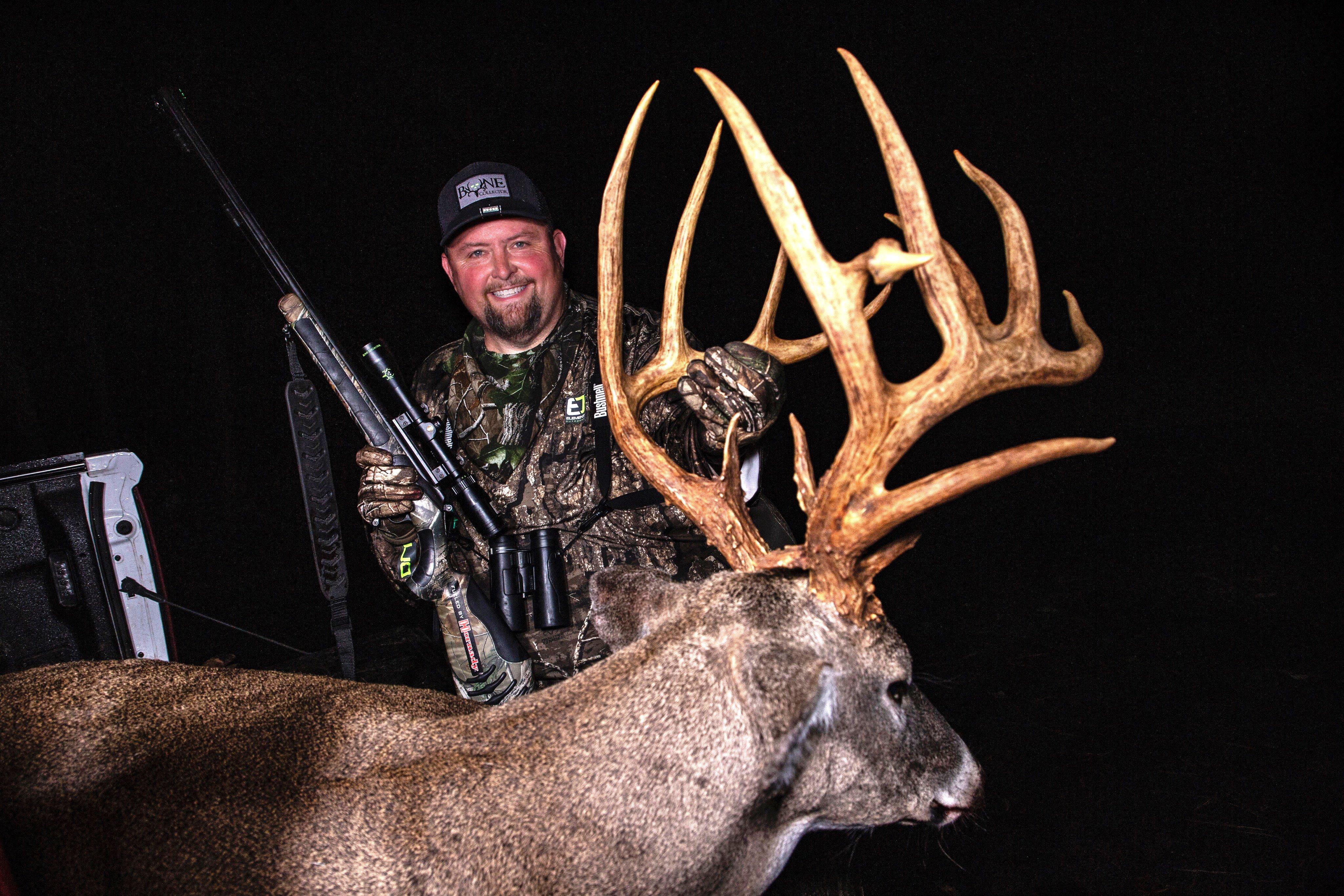
Bone Collector Travis “T-Bone” Turner worked his way from the bottom to be one of the most popular hunting influencers in the country. Image provided by Travis Turner
OUTDOOR WRITER
(Average yearly salary depends on free-lance or full-time status and output, but according to Indeed.com: $61,219)
An outdoor writer creates written content about the outdoors for print and online publications. The writer can work on a free-lance basis for several publications and outlets, or work full time as a staff writer for a specific publication. A degree in journalism, English or communications is an asset. Outdoor writers used to concentrate primarily on print publications, but these days, digital media is usually the main focus.
The abundance of web content means quality free-lance writers compete against writers who have very little training and are willing to work for low pay. Artificial intelligence poses another challenge, although chatbots aren’t quite up to producing high-quality pieces for top-tier publications yet.
APP DESIGNER
(Average yearly salary according to Salary.com: $53.642)
Hunting apps such as HuntStand, onX Hunt, Virtual Sign In Board (VSIB) and others have become popular tools in recent years. They can provide location information, mapping technologies, logging tools, weather forecasts, suggestions for the best hunting days, a place where club members can reserve stands and more.
App designers create programs for smartphones, tablets and computers across several platforms, including Apple iOS and macOS, Google Android, and Windows. An app designer might create games, maps, weather apps, navigation programs, social networking tools and more.
Toxie Givens designed the VSIB app, which lets hunters reserve hunting stands or zones through a smartphone. When he started his own software engineering company, he wanted to figure out how to combine his love of hunting and programing to make money. He originally wrote the VSIB app for his own hunting club, but it became so popular that he decided to market it to the public.
He said that although he loves building apps, the career doesn’t come without challenges.
“The hardest part is staying up with the technology,” he said. “If you don’t stay up with the technology — whether it’s with devices, computers or software — you’ll fall behind and not be able to catch back up. It’s hard to find time to keep up.”
He said people interested in writing apps for the hunting industry should consider a degree in computer science or computer software technology.
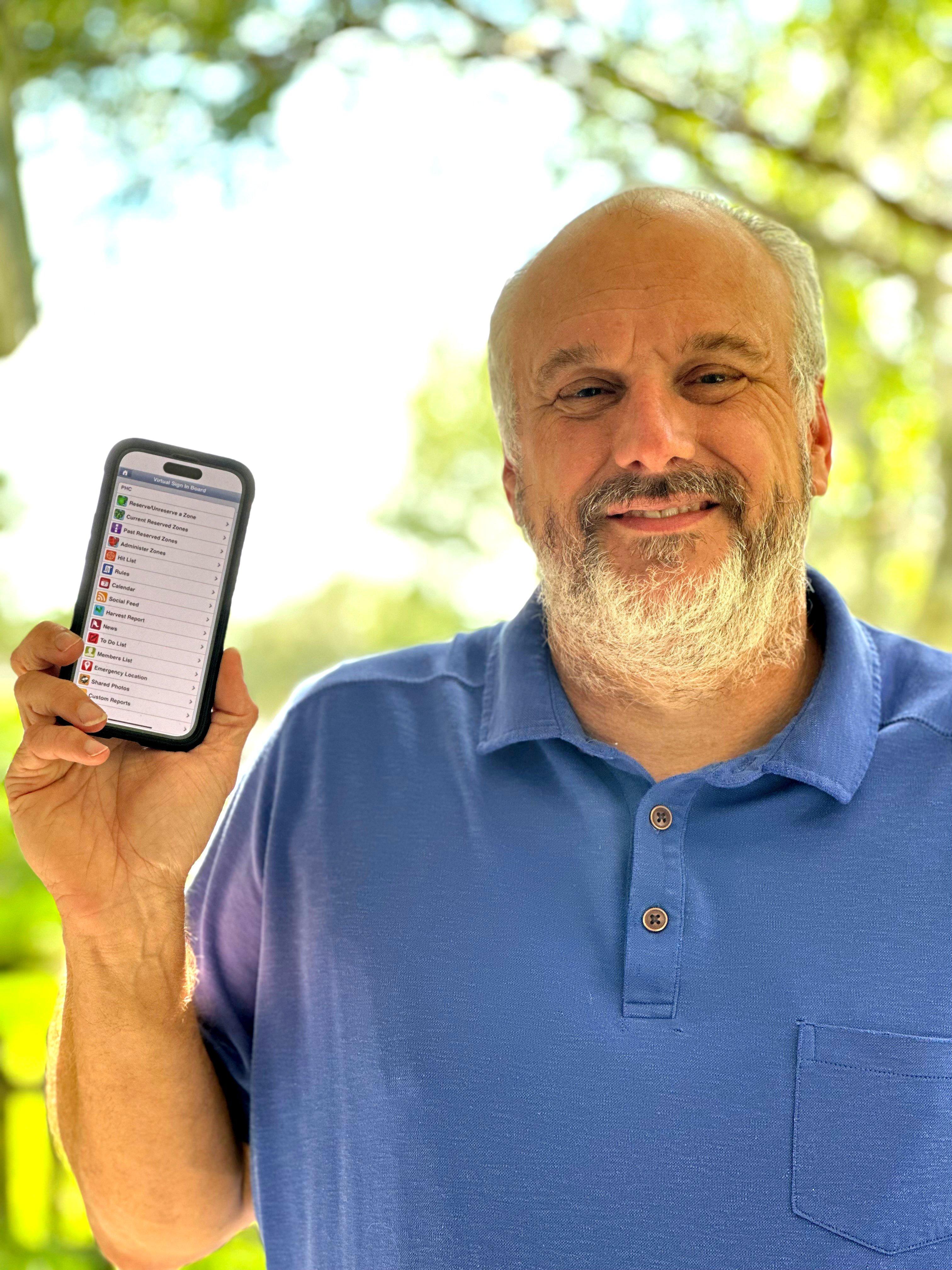
VSIB app creator Toxie Givens combined his passion for programming with his love of hunting. Image provided by Toxie Givens
OUTDOOR PHOTOGRAPHER
(Average yearly salary depends on client load, but according to Salary.com, the yearly average is $64,107)
Outdoor photographers capture images of hunts, the environment, wildlife or outdoor events for editorial, marketing and commercial purposes. Nowadays, photographers can work with a variety of equipment, such as drones, high-tech digital cameras and state-of-the-art imaging software. In addition to capturing images, photographers must also prepare and edit images, market their services and complete the administrative tasks necessary for running a business.
Outdoor photographer Tes Jolly said it’s never been easy breaking into the outdoor photography field, but in recent years, it’s become more difficult.
“It’s all about standing out, but smartphones have made everyone a photographer these days, so it’s a challenge to set your work apart,” she said. “With cellphones, a casual photographer can take a photo that has great subject matter and good composition, but [might be] lacking in technical sharpness, and still sell it for online use. Back when print magazines were the main client, the photos had to be essentially perfect to sell. Photographers are competing against a lot of mediocre work these days. It’s a big challenge.”
But, she said, there are plenty of opportunities to sell your work.
Outdoor photographer Bill Konway recommends that aspiring photographers get their images in front of as many potential clients as possible.
“Send photos to publications and companies,” he said. “You can send a quick email with a link to your photography website. Most importantly, shoot what you love, and get those images out in front of the right people. Do your homework to figure out who those people are.”
HUNTING GUIDE
(Average yearly salary according to Indeed.com: $39,536)
A hunting guide takes paid clients hunting. The guide must scout for wildlife, know the property, help the client prepare for the hunt with the correct gear and clothing, and ensure the client has a good, safe time. It’s also the guide’s responsibility to ensure hunters follow all game laws and regulations.
This job is not for the weary. You’ve must be in great shape and be willing to work long, difficult hours, but new innovations have made things a bit easier. These days, guides have access to GPS; cellular trail cameras; high-tech, lightweight gear that’s easier to use and tote; and hunting apps that include satellite imagery, tracking info and more.
MARKETING SPECIALIST
(Average annual salary according to Indeed.com: $58,353)
Marketing specialists organize digital and traditional marketing campaigns to promote products and services, highlight an organization’s mission, or gain the attention of donors in the nonprofit sector. They might create branding elements, manage social media accounts, generate sales leads, and participate in other marketing and sales activities.
Kim Emery, owner of Firefly Publicity, said if you want to establish yourself in the hunting industry as a marketing/PR professional, consider gaining experience outside of the industry first.
“Networking through LinkedIn and joining organizations like the Professional Outdoor Media Association can help you connect with industry leaders,” she said. “Building relationships and showcasing your skills can open doors for careers in this highly competitive industry.”
Emery said working in marketing is rewarding because she enjoys collaborating with friendly media contacts and promoting innovative products.
“But it’s important to realize that this job entails significant office time and requires a balance between client responsibilities and going outdoors yourself,” she said. “Finding this balance is essential for success and personal satisfaction. Some people might think that if you work in the hunting industry or outdoor industry that you’re always hunting or hiking, but that’s not the case for most of us.”
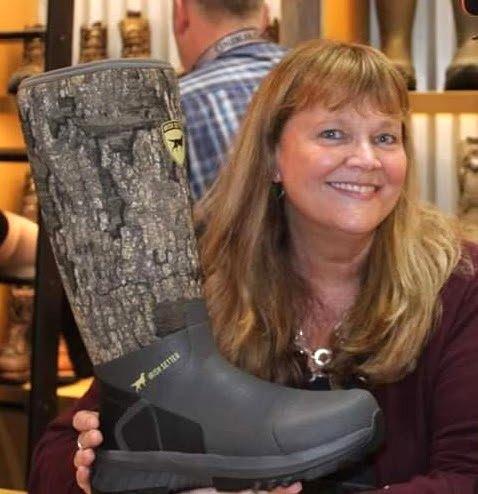
Kim Emery, owner of Firefly Publicity, recommends working hard to build relationships in the hunting industry. Image provided by Kim Emery
SPORTING GOODS STORE RETAIL ASSOCIATE
(Average annual salary according to Glassdoor.com: $36,522)
Sporting-goods-store retail associates assist customers with transactions. They stock, clean and organize the sales floor, and make sure they’re thoroughly familiar with the inventory so you can recommend products to customers. Working at a local sporting goods store can provide a gateway into other opportunities in the hunting industry. They’ll learn about the industry and products, and will likely to meet others in the industry who can open doors.
SALES REP
(Average annual base salary according to Indeed.com: $61,270)
Sales reps for hunting brands build customer relationships, follow up on leads, and maximize sales opportunities. They identify prospects, ensure customer satisfaction, and seek new opportunities to drive business growth.
Bert Moore, sales manager for Schooler Outdoor Marketing, said he loves working with companies and customers that share the same outdoor passions as he does, but the job can be tough because, “With modern technology and communication, there is no downtime.”
When it comes to being successful in sales, Moore said you must get to know your customer and earn their trust.
“I am a terrible salesman, but I’m a great consultant and problem solver for my accounts,” he said. “Once an account is comfortable with you and values your knowledge and input, business becomes much easier. You have to equally valuable to your manufacturer and your customer.”
WILDLIFE BIOLOGIST
(Average annual salary according to Indeed.com: $60,186)
Wildlife biologists can hold various positions. Folks who work for state wildlife agencies focus on the ecology, behavior and conservation of wild animals and their habitats. They often coordinate wildlife management programs, such as land-use planning, and forest and range management.
Zak Danks, turkey and grouse program coordinator with Kentucky’s Department of Fish and Wildlife Resources, said he influences how land gets managed for wildlife populations, often by advising private landowners and public land managers on habitat improvement techniques.
“Also, I have coordinated research projects that help us understand wildlife populations, such as the influence of hunting on wild turkeys,” he said. “This has involved a lot of hard work and long days, but it’s a lot of fun, too. I’ve gotten to spend time outside with wild animals, but also time inside doing productive things, like giving public presentations and conducting analyses of data collected during studies. All of these are big pros of being a wildlife biologist.”
Jason Hardin, wild turkey program leader for Texas Parks and Wildlife, said changing technology has affected the way he does his job.
“We have replaced paper surveys with smartphone apps,” he said. “We also replaced our old GPS handheld units with smartphone apps. Unmanned aerial vehicles provide new ways of looking at the landscape and evaluating habitat.”
He said people interested in becoming a wildlife biologist should talk to a local wildlife biologist.
“Every state has a state wildlife agency employing biologists who would be happy to visit with you about their job,” he said. “Reach out to land-grant universities to inquire about their resource management programs.”
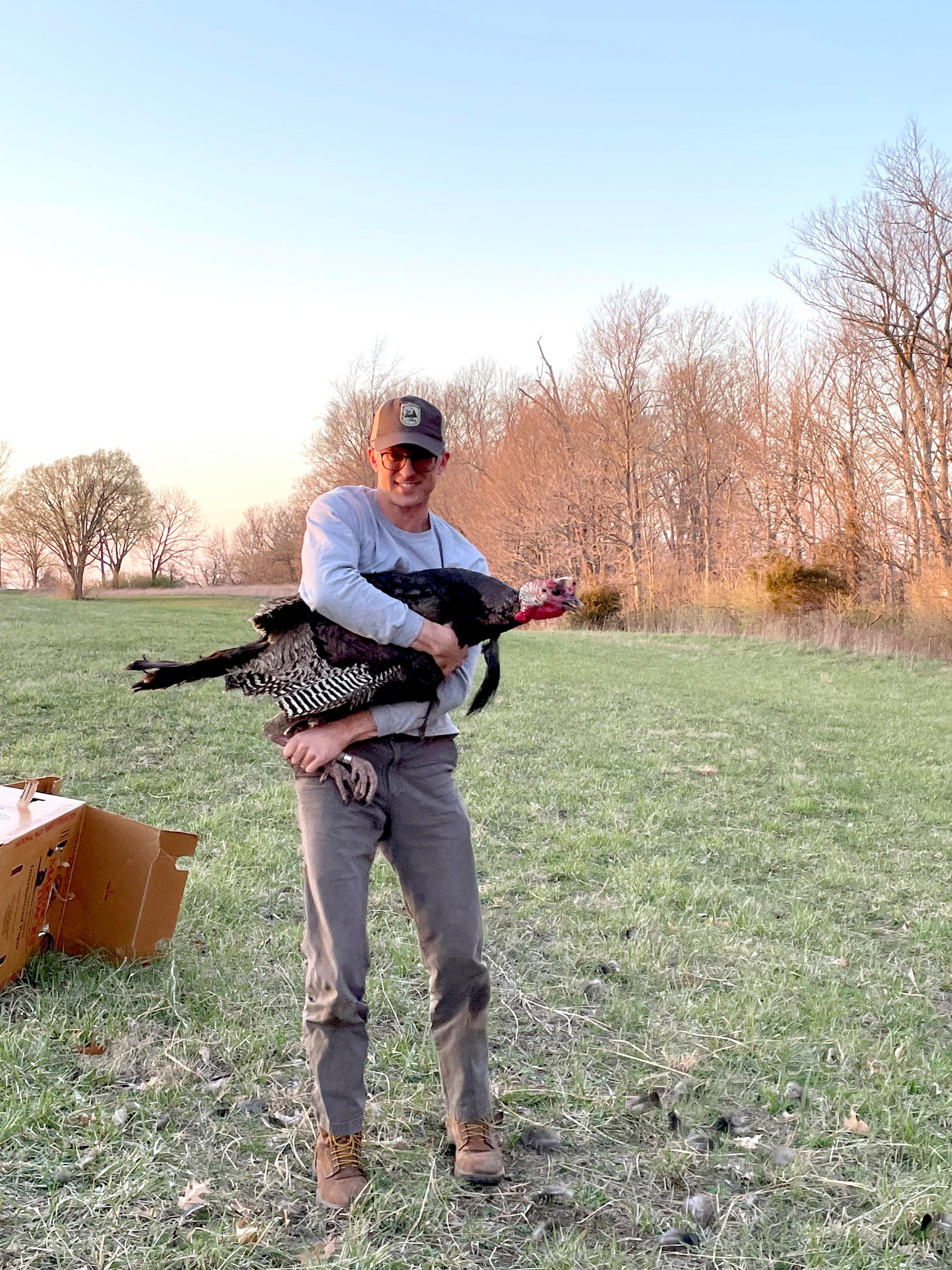
Zak Danks, a biologist with Kentucky’s Department of Fish and Wildlife Resources, says he doesn’t make a ton of money in his field, but he loves working outdoors. Image by Cassidy Cornett
SOCIA MEDIA MANAGER
(Average annual salary according to Glassdoor.com: $53.159)
A social media manager oversees a company’s interactions with the public by implementing the content strategies of social media platforms. Duties include analyzing engagement data, identifying trends in customer interactions, and planning digital campaigns to build an online community. Pretty much every hunting business uses social media outlets to promote its services or products, so social media managers are in high demand. Depending on the size of the company and its social media outreach, a social media manager might fall under the job description of a marketing employee.


